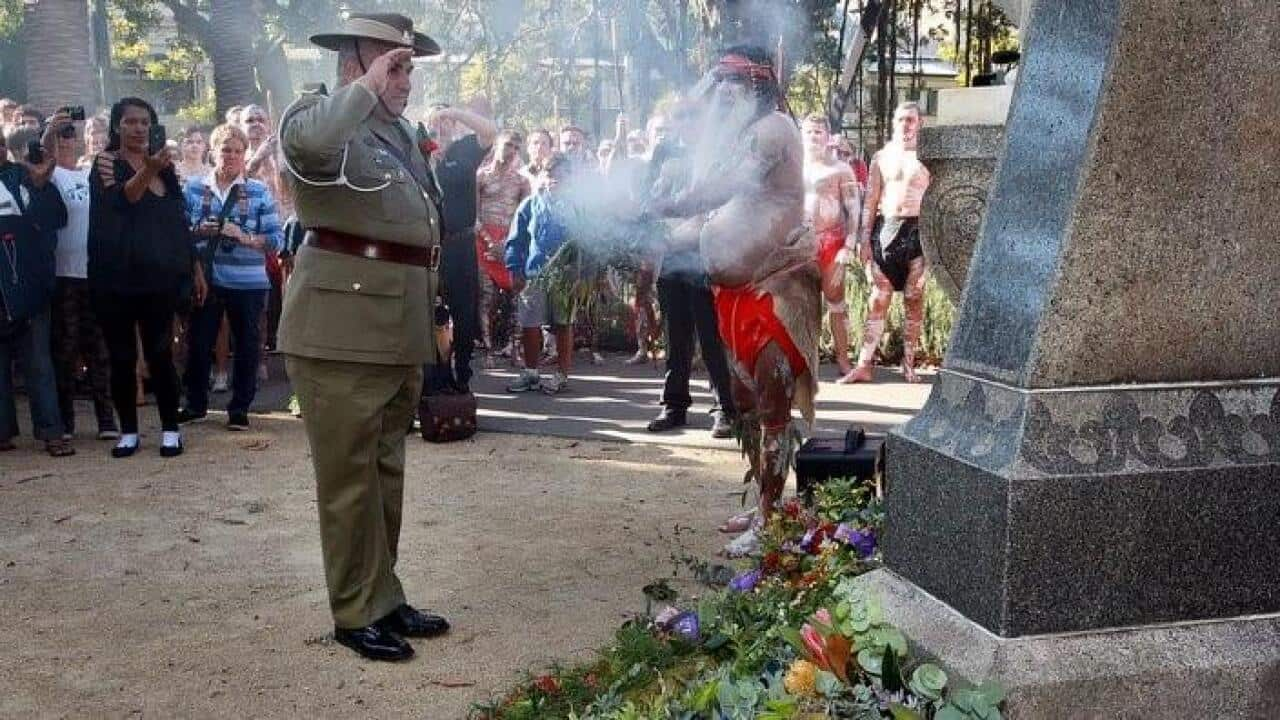Anzac Day has become a symbol of Australia’s national identity.
Anzacs means the soldiers of the Australian and New Zealand Army Corps and included many Indigenous and multicultural servicemen and women.
It was August 1914 when news of World War I broke out.
Australia was to join Britain in the fight against the Central Powers, which included Germany, Hungary, Bulgaria and the Ottoman Empire.
Among the 420,000 enlisted soldiers over one thousand Aboriginal and Torres Strait Islander men volunteered their service. Many others came from culturally diverse backgrounds.
Professor Edmund Chiu is a volunteer researcher at the Chinese Museum in Melbourne.
He explains that despite a 1903 law, Ballarat’s Albert Victor Chan became the first Chinese-Australian to join up just one week after the war was declared.
His research on the history of Chinese-Australian Anzacs has so far identified 217 men who served during WWI.
He says it was medical officers’ acceptance that allowed these patriotic men to serve for their country.
Ethnicity wasn’t a concern for some members of the public either.
National President of the Aboriginal and Torres Strait Islander Veterans and Services Association and Gundungurra man Gary Oakley says many Indigenous Australians were determined to volunteer.
Gary Oakley believes it was the first time Indigenous Australians found equality.
The Russian Anzacs were the largest nationality enlisted in the Australian Imperial Force after British, New Zealand and Canadian-born servicemen.
They came from various ethnic backgrounds within the borders of the Russian Empire.
World War I remains the costliest conflict for Australia in terms of deaths and casualties.
More than 60,000 died and another 156,000 servicemen were either wounded, killed or taken prisoner.
Unfortunately for many survivors, coming home didn’t change their lives for the better.
The hopes of Indigenous Australian soldiers to raise their social status didn’t happen until 1949 when restrictions on enlistment based on race were removed.
Anzac Day means different things to different people.
But Gary Oakley says for Indigenous Australians, marching on April 25th is about recognition.
For more information on Australia's Anzac Day traditions visit the Australian War Memorial's website. https://www.awm.gov.au
